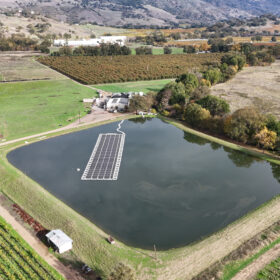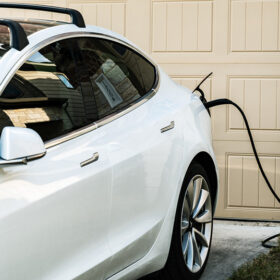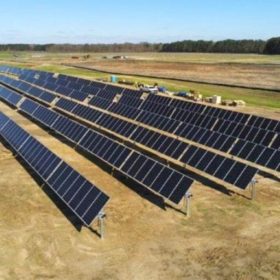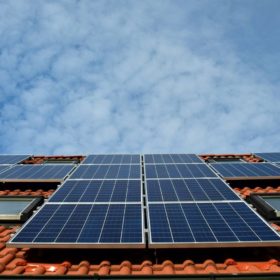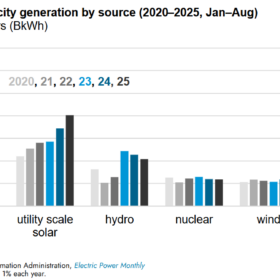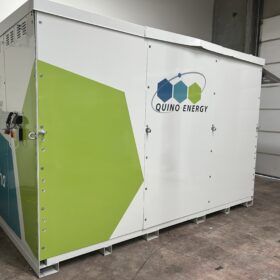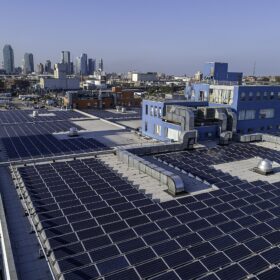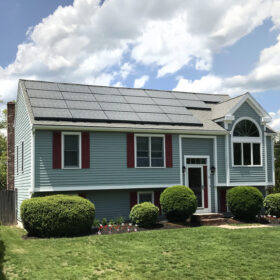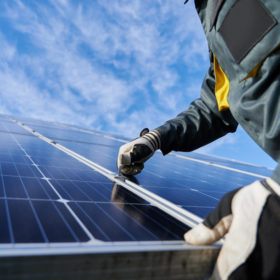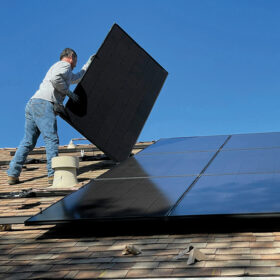California winery powers 100% of its operations with floating solar array
The Nelson Family Vineyards is expected to save $90,000 per year from electricity provided by its floating solar and rooftop arrays.
California study finds electrification can put downward pressure on electric rates
Wide adoption of electric vehicles that can displace fossil fuel combustion with renewable power can also lower rates by about 3 cents per kWh, if the needed distribution grid upgrades are built efficiently and with cost constraints, a study found.
BayWa r.e. secures $416 million for San Diego solar and storage project
The company secured financing for the Jacumba Valley Ranch, which includes 90 MW of solar and 70 MW / 280 MWh battery energy storage.
Startup Raya Power poised to offer its plug-in solar and storage solution in Puerto Rico and California
The solar tech startup with a mission to “democratize solar energy,” is preparing to launch its all-in-one home solar and storage appliance in early 2026.
California lawmakers urge CPUC to enforce utility interconnection timelines
A coalition of 18 California legislators has formally urged the California Public Utilities Commission (CPUC) to enforce regulations under “Rule 21” regarding the interconnection of customer-sited solar and energy storage systems.
California natural gas use declines as solar generation rises
California’s natural gas generation declines as solar generation doubles and battery storage fills evening gaps, said data from the Energy Information Administration.
California startup launches DC-powered solar water heater
Apparent Inc. has unveiled a new water heater that can reportedly offset 100% of a home’s water heating cost. The system uses low-voltage DC electricity generated by conventional solar panels and a cloud based, machine learning platform that manages energy in real-time.
Sunrun VPP enrollment jumps 400% as battery storage attachment hits 70%
As storage attachment rates hit 70% for new customers, Sunrun’s fleet of networked residential batteries expands rapidly, now featuring over 106,000 homes participating in VPP grid services.
Quino Energy closes $10 million to scale organic flow batteries
Flow battery startup Quino Energy has closed a $10 million Series A funding round, with an option for an additional $6 million in equity, led by Atri Energy Transition.
Off-grid dual-axis solar tracker charges workplace EVs for under $0.10 per kWh
The Apollo system from Solaflect Energy uses a suspension-bridge-style racking design to cut weight while maximizing strength. With California’s high electricity prices and solar-friendly climate, the company sees the state’s commercial market as the ideal launchpad for its offgrid, dual-axis EV-charging tracker.
